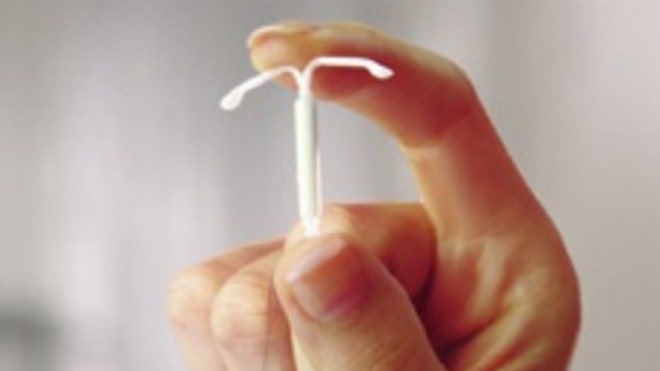
If your child has autism, a developmental check or a disability, we know that brushing, flossing, and dentist visits can be unequivocally challenging. Yet, verbal hygiene is crucial, generally since studies uncover special needs children are some-more expected than standard kids to have cavities and other dental problems.
Cavities, resin illness and verbal trauma
Special needs kids mostly have problem brushing effectively, since they might have deformed teeth or they don’t have a earthy or mental ability to be means to do it by themselves.
“They have an accumulation of house and germ all over a teeth and gums,” pronounced Dr. Steven G. Goldberg, contriver of a DentalVibe Injection Comfort System. So when food gets stuck, a germ feeds on it – causing cavities, resin illness and periodontal disease.
Kids who have wild movements, or children who punch their cheeks, lips, or tongues since their teeth do not accommodate properly, might also have verbal trauma.
Certain drugs with a high sugarine calm can means distended gums. Likewise, if a child uses a feeding tube, or cooking high sugarine dishes since of a disaster to thrive, he or she is some-more receptive to gingivitis, inflammation of a gums, and tartar, according to Dr. Rebecca Slayton, arch dental executive and chair of a National Children’s Oral Health Foundation’s systematic advisory board.
In addition, some kids who are orally antithetic and don’t like certain dishes and textures or a kick of brushing and a ambience of toothpaste are also some-more expected to have dental problems, Slayton said.
If your child has special needs, here are 10 ways we can keep his or her teeth healthy during home and make dentist visits stress-free.
1. Make brushing easy
For kids who need assistance brushing, put a toothbrush in a bicycle hoop so “they have something big, thick and squashy to reason onto,” Goldberg said. Brushing should always be supervised, and if floss doesn’t work, use a H2O pick. If your child bites, place compress on a behind teeth and afterwards brush.
2. Keep it fun
The progressing brushing becomes a pleasing experience, a easier it will be to make it a habit, according to Fern Ingber, boss and CEO of a National Children’s Oral Health Foundation: America’s ToothFairy. Try to brush when your child is many cooperative, and confuse him or her with song or something pleasant.
3. Start early
Your child’s initial revisit to a dentist should be a certain experience, so be certain to get there by age 1 or when a initial teeth erupt.
4. Find a good dentist
Most pediatric dentists work with special needs kids, though it’s critical to find one who is patient, will take time to explain all to your child, and work with we to make certain your child is comfortable. “If we get a merciful doctor, it will be a good experience,” Goldberg said.
5. Call ahead
When we make a dentist’s appointment, yield a staff with information about your child and his specific needs. A heads-up can concede them to set adult a bureau and make certain additional staff will be on palm to help. If your child can’t lay in a chair, a dentist can also find an alternative.
6. Do paperwork beforehand
Ask a bureau to send all of a paperwork forward of time, and move a duplicate of your word label with we so we can save time and give your child a courtesy he or she needs.
7. Bring a comfort object
Kids don’t know what to design during a initial dentist visit, so move a favorite blanket, toy, or toothbrush so they’re not afraid.
8. Prepare
Talk to your child about what to design during a dentist – from a chair that tilts behind to a collection a dentist uses. You can also ready by putting your child in your path and brushing his or her teeth. “They get used to a feeling of someone else touching their mouths and hovering over their heads. It’s a frightful feeling unless you’re used to it,” Goldberg said.
9. Use a right words
Ask a dentist previously what difference and phrases we should learn your child so if a dentist says, “open your mouth,” he or she know what to do.
10. Wipes, gels, and rinses
According to a investigate in a Journal of Dental Research, immature children who used xylitol wipes were significantly reduction expected to rise cavities. If we have to discharge your child’s remedy during night and you’ve already brushed his or her teeth, purify a mouth purify with xylitol wipes, Slayton suggests. Also, ask a dentist about an antimicrobial rinse or tradition trays with peroxide gel, dual methods that can assistance forestall cavities and resin illness too.
Source: Health medicine network
 Researchers have revealed an atomic-level view of a genetic defect that causes a form of muscular dystrophy, myotonic dystrophy type 2.
Researchers have revealed an atomic-level view of a genetic defect that causes a form of muscular dystrophy, myotonic dystrophy type 2.









